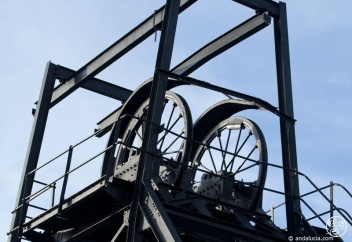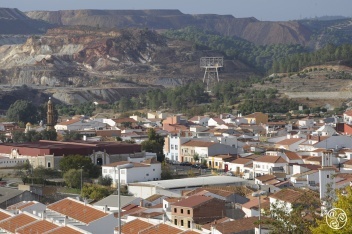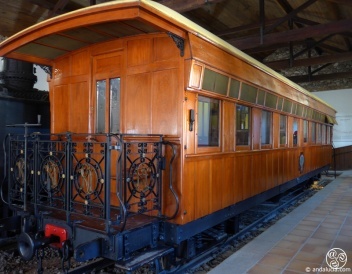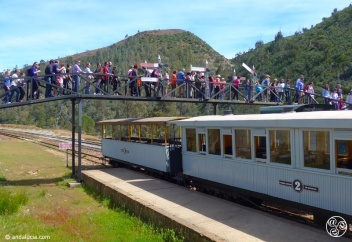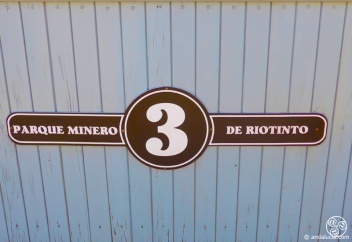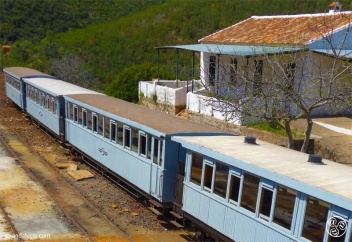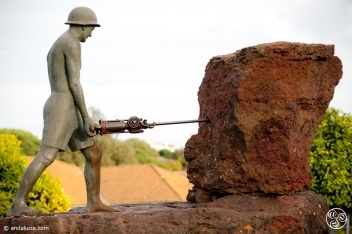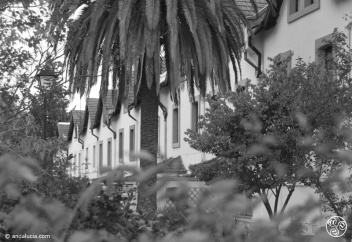Rio Tinto Mining Park
The Rio Tinto area of Huelva boasts 3,000 years of mining history, from the Phoenicians then Romans, right up to to the 1990s. Today, as part of the Rio Tinto Mining Park you can visit the museum in the old hospital, the Peña de Hierro mine, and a Victorian-era British house; and take a 22km train ride.
